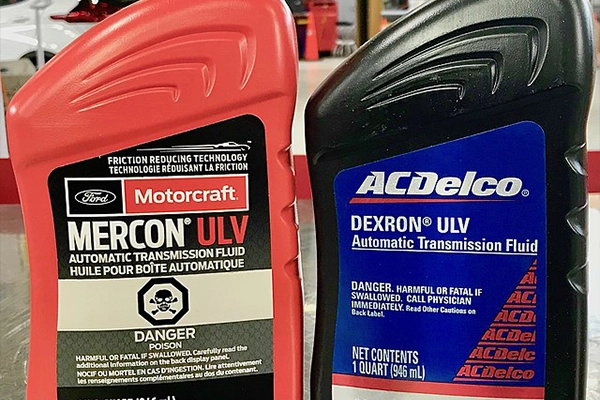Why Won’t My Car Go in Reverse?
While you might spend a fraction of your time behind the wheel in reverse, driving would be nearly impossible if you couldn’t back up. Without the ability to back out, parallel park, or perform a three-point turn, it would be quite a headache to drive around town.
Transmissions are complicated systems, and it’s not unheard of for drivers to be locked out of their reverse gear for a variety of reasons.
How Does Reverse Work?
Each gearbox comes with an “idler” gear, which is dedicated to reversing the direction of the transmission’s output as well as a straight-cut reverse gear which it meshes with. The straight-cut nature of these gears as opposed to the traditional helical gears is why your transmission makes a faint whining noise exclusively when in reverse. The idler gear is engaged hydraulically in automatic transmissions and through the manual engagement of the idler gear in a stick-shift vehicle.
Why Can’t I Shift Into Reverse?
Low/Old Transmission Fluid
Our gearboxes rely on transmission fluid for lubrication, cooling, and hydraulic pressure. Over time, the fluid loses its effectiveness thanks to contamination from dirt and debris. The fluid level can also decrease through leaks and normal wear. When this fluid is either at a critically low level or significantly contaminated it can be nearly impossible to switch gears properly.
This issue generally affects all shifting within your gearbox and not reverse exclusively, but it could be a reason why you’re not able to select reverse gear.
You can check the condition of your transmission fluid by looking at the dipstick and ensuring it’s within the minimum and maximum levels, as well as checking the color for signs of burning and contamination. Generally, transmission fluid should be a bright shade of red when in good condition. It’ll darken naturally over time but should be replaced before it reaches a dark brown tone.

Faulty Reverse Gear
A rarer case than most on this list, but also one of the simplest explanations for the inability to shift into reverse. While it’s not common for gears to physically break, it’s possible through extensive wear and tear or harsh shifting. The straight-cut design of the reverse gear in most transmissions is less durable than the traditional helical shape, but since you spend a fraction of your time driving in reverse, it’s usually a non-issue. However, if you drive extended distances in reverse or have stripped the teeth of the gear (in a manual transmission), there’s a real possibility the reverse gear can become unusable. A broken or stripped gear will commonly be accompanied by a metallic grinding or gnashing noise during shifting.
Failing Sensors (Automatic Transmission)
A vehicle’s automatic transmission uses a host of sensors to shift at the proper RPM and to the proper gear. When any of these sensors encounter an issue or inaccurate reading, the transmission may prevent you from shifting to certain gears, including the reverse gear.
Luckily, you’ll often be warned of a failing sensor through a check engine light on your dash. It’s best to bring your vehicle to a trusted automotive professional for proper diagnostics and repair.
Lockout Ring Issues (Manual Transmission)
The lockout ring is responsible for ensuring you can’t shift into reverse while in motion, as there is no synchromesh (the system that ensures smooth shifts between gears) on the reverse gear, contrary to a traditional forward-moving gear which uses a synchromesh to ensure safe engagement at speed.
If the lockout ring malfunctions and does not disengage when the vehicle is stopped, you will not be able to shift into reverse. Fortunately, the fix is a fairly easy DIY, and replacement lockout rings are generally inexpensive.
Worn Out Valve Body (Automatic Transmission)
In an automatic transmission, the valve body is a maze-like component that directs transmission fluid to the various valves within your gearbox. With all the intricate fluid passages within the valve body, blockages or other malfunctions can occur and prevent fluid from reaching its destination.
When experiencing valve body failure, you may encounter harsh or delayed shifts into reverse, or not be able to drive in reverse at all. It can also lead to other unusual transmission issues such as random upshifts and downshifts, slipping gears, and worrying noises.
Transmission Service in Tucson, Mesa, and Phoenix
If you’re experiencing issues shifting into reverse, or shifting in general, trust the experienced transmission technicians at Borst Automotive! Our friendly service advisors will walk you through every step of the service process, so you always know what’s going on with your vehicle. Call or schedule an appointment online with us today!

Borst Automotive is here to help when you need it. Give us a call, schedule an appointment, or stop in today!
